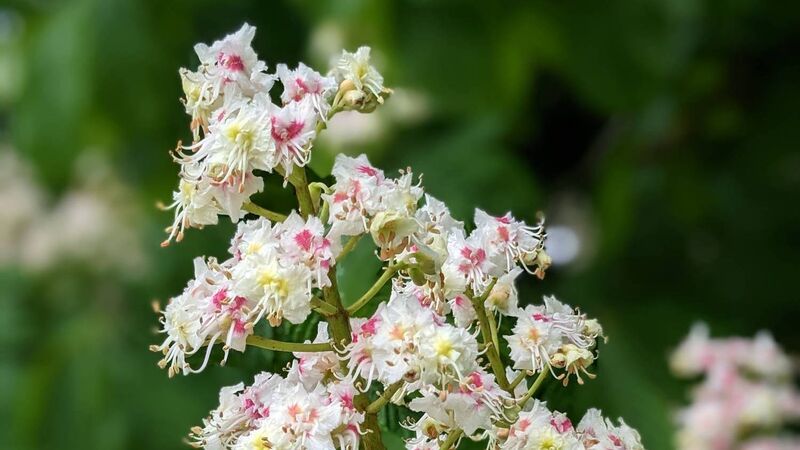Natural health: How can I reduce haemorrhoid swelling?

'Horse chestnut is a long-utilised herbal remedy that can help restore tone and elasticity to veins.' Picture: iStock
I have external piles which can flare up when I get too hot. I find a cold shower helps to reduce the swelling. Is there anything else I could do?
Piles or haemorrhoids can appear internally or externally.
Often, the only indication of internal piles is fresh blood in the stools, whereas external piles are more obvious — generally very uncomfortable, painful, and can itch or burn.
It is also possible to experience a combination of both.
An estimated 75% of all adults in the Western world suffer from haemorrhoids at some point in their lives, which suggests our diets and lifestyles are far from optimal.
Fibre is an ideal way to ensure the colon can function efficiently without causing trauma to the swollen veins, enabling them to heal naturally.
Take 1-2 tablespoons of psyllium husks or hulls each day mixed well in a large glass of water, and drink it immediately.
You can add the husks to freshly pressed fruit or vegetable juice if you prefer.
A cool shower or bath can be an effective treatment, but it is a good idea to use other topical solutions to give relief.
Horse chestnut (Aesculus hippocastanum) is a long-utilised herbal remedy that can help restore tone and elasticity to veins.
Take it internally and apply it topically for the best results.
The Venaforce range from A Vogel utilises horse chestnut.
It is formulated to target varicose veins, haemorrhoids, and spider veins and is available as tincture tablets, liquid tincture, and Venagel for topical relief.
Other soothing and tonifying herbal remedies for haemorrhoids and varicose veins include butcher’s broom (Ruscus aculeatus), calendula (Calendula officinalis), and witch hazel (Hamamelis virginiana).
I’m in my 60s and find minor cuts on my hands take longer to heal — I like to cook and garden. Is there a natural remedy you could recommend?
Hypericum and calendula are my favourite topical remedies for healing burns, cuts, rashes, bumps, etc.
You can purchase Calendula & Hypericum Balm made by Viridian at health stores.
Calendula is well-known as a soothing skincare ingredient.
However, it also has antibacterial, antifungal, and anti-inflammatory properties.
Topical application of calendula cream or balm can help keep wounds clean, promote new tissue growth, and reduce inflammation.
Calendula is often advised to treat slow wound healing. It promotes blood flow to the affected area while softening and soothing the skin.
It also supports immune function, which helps to speed up the healing process and ward off infection.
Calendula is often indicated where there is redness or tenderness around the wound or affected area.
Since calendula helps to promote new tissue growth, it can help reduce scarring. Other uses for calendula preparations include blisters, cold sores, insect bites, rashes, welts, burns, and bruises.
Hypericum is excellent for tissue regeneration and helps to prevent infection. Like calendula, it has anti-inflammatory properties and can help soothe skin irritations and reduce redness.
Along with antibacterial and antiviral properties, hypericum has mild analgesic qualities, making it helpful in alleviating pain associated with minor wounds.
It also shows potential in the management of mild neuralgia or nerve pain.
It is a good idea to supplement with vitamin C and zinc, as these two nutrients are essential in wound healing, particularly when combined. Vitamin C is crucial for collagen synthesis, a key component in forming connective tissue.
Zinc is involved in various stages of the wound healing process, playing a vital role in collagen synthesis and contributing to skin integrity.
Vitamin C or zinc deficiency is often a factor in slow wound healing.
- If you have a question for Megan, please send it to feelgood@examiner.ie
- NOTE: The information contained in this column is not a substitute for medical advice. Always consult a doctor.
CONNECT WITH US TODAY
Be the first to know the latest news and updates

Celebrating 25 years of health and wellbeing





